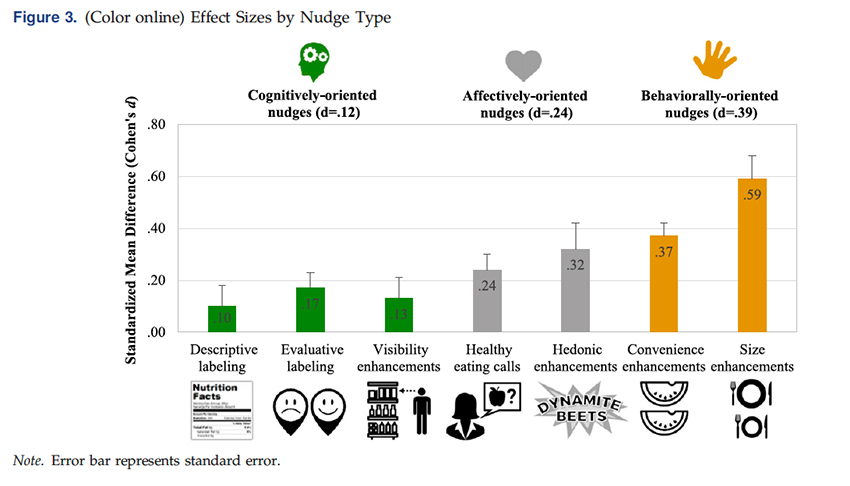Sophia Rosenfeld at The Hedgehog Review: “Conventional wisdom has it that for democracy to work, it is essential that we—the citizens—agree in some minimal way about what reality looks like. We are not, of course, all required to think the same way about big questions, or believe the same things, or hold the same values; in fact, it is expected that we won’t. But somehow or other, we need to have acquired some very basic, shared understanding about what causes what, what’s broadly desirable, what’s dangerous, and how to characterize what’s already happened.
Some social scientists call this “public knowledge.” Some, more cynically, call it “serviceable truth” to emphasize its contingent, socially constructed quality. Either way, it is the foundation on which democratic politics—in which no one person or institution has sole authority to determine what’s what and all claims are ultimately revisable—is supposed to rest. It is also imagined to be one of the most exalted products of the democratic process. And to a certain degree, this peculiar, messy version of truth has held its own in modern liberal democracies, including the United States, for most of their history.
Lately, though, even this low-level kind of consensus has come to seem elusive. The issue is not just professional spinners talking about “alternative facts” or the current US president bending the truth and spreading conspiracy theories at every turn, from mass rallies to Twitter rants. The deeper problem stems from the growing sense we all have that, today, even hard evidence of the kind that used to settle arguments about factual questions won’t persuade people whose political commitments have already led them to the opposite conclusion. Rather, citizens now belong to “epistemic tribes”: One person’s truth is another’s hoax or lie. Just look at how differently those of different political leanings interpret the evidence of global warming or the conclusions of the Mueller Report on Russian involvement in the 2016 Trump presidential campaign. Moreover, many of those same people are also now convinced that the boundaries between truth and untruth are, in the end, as subjective as everything else. It is all a matter of perception and spin; nothing is immune, and it doesn’t really matter.
Headed for a Cliff
So what’s happened? Why has assent on even basic factual claims (beyond logically demonstrable ones, like 2 + 2 = 4) become so hard to achieve? Or, to put it slightly differently, why are we—meaning people of varied political persuasions—having so much trouble lately arriving at any broadly shared sense of the world beyond ourselves, and, even more, any consensus on which institutions, methods, or people to trust to get us there? And why, ultimately, do so many of us seem simply to have given up on the possibility of finding some truths in common?
These are questions that seem especially loaded precisely because of the traditionally close conceptual and historical relationship between truth and democracy as social values….(More)”.

